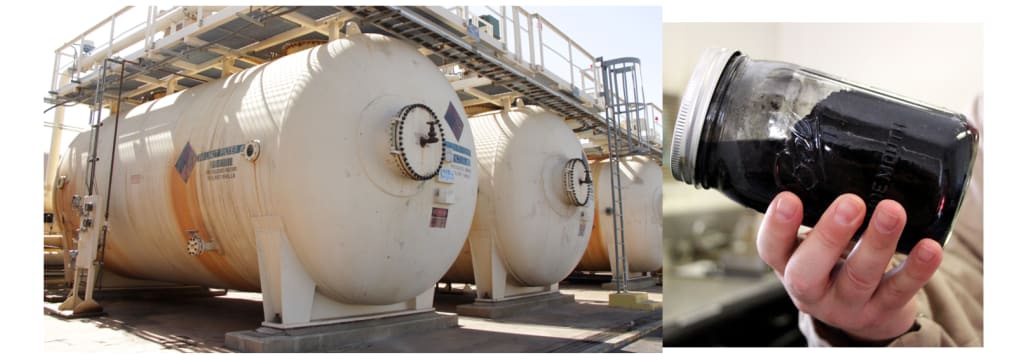Filters Experiment
Shared by STEM Girl Day Partner: Chevron
Recommended Grades: All
The Challenge: Explore different filtering techniques for removing debris from water.
In this experiment, we will be trying to remove dirt from water by using different filtering techniques. What will work best? Sand, pebbles, just a filter?
This experiment might require one or two substitutions based on the materials available. Feel free to view and follow along though. The main point of the experiment will still be achieved.
Materials needed:
- A few coffee filters
- Larger, clear plastic bottles (16.9 fl oz bottles, 2-liter bottles)
- Funnels for holding coffee filters in place
- Various materials to put in filters (i.e. sand, pebbles, Legos?)
- Dirt, can be from outside or potting soil
- Water
- Bucket
Steps:
- Start by adding some dirt to your water in a bucket. The mixture should be mostly water. We don't want mud.
- Grab a bottle, filter, and funnel. Put the filter into the funnel and place on top of the bottle. Don't worry if the filter is wrinkled inside of the funnel, just give yourself some room for pouring in the dirt/water mixture.
- Slowly pour some of the dirt/water mixture into the filter. Make sure not to pour too much at a time.
- Take a look at the water in the bottle. Is it clear? Is there any of the dirt left behind in the filter?
- Keep the bottle aside to compare with other filter techniques.
- Let's try this again but add something else to the filter. You can try sand, small pebbles, another filter, a paper towel. Whatever is available.
- Does the different filter technique create any different results? Which technique of yours gave the clearest looking water? Did some techniques take longer for the water to go through to the bottle?
The image below is a filter media Chevron uses - walnut shells. The vessels contain a large number of walnut shells.


STEM Connections: Water, either used in a process or being put back into the environment, must be cleaned up. We'll take a look at techniques for cleaning up some water that could be performed through experiments at home.
About Chevron
powering human progress takes energy
It’s only human to want a better life, and we need reliable, affordable and ever-cleaner energy to get there. To provide this energy, we believe in the power of human ingenuity to lead us to a brighter future.
we define energy in human terms
Access to energy helps improve lives by driving human progress and enabling the benefits of modern society. That’s why we’re constantly working to provide reliable, affordable and ever-cleaner energy for the millions around the world that rely on us.
we believe humanity can solve any challenge
Our greatest resource is our people. Their ingenuity, creativity and collaboration have met the complex challenges of energy’s past. Together, we’ll take on the future.
we deliver results responsibly
We’re leaders in energy because we value responsibility, trust and integrity. This unwavering dedication to quality drives our company culture and will keep us ahead for years to come.
For more information about Chevron, please visit our website at Chevron Corporation - Human Energy — Chevron.com.

